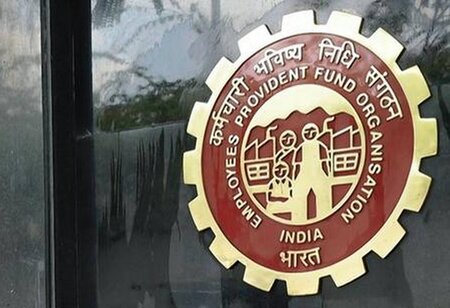New Additions to EPFO grows 20 percent to 12.37 lakh Subscribers in February
 The net new additions by retirement body Employees' Provident Fund Organisation (EPFO) grew 19.63 per cent year-on-year to 12.37 lakh net subscribers in February, as per the provisional payroll data which gives an idea about the formal sector employment in the country.
The net new additions by retirement body Employees' Provident Fund Organisation (EPFO) grew 19.63 per cent year-on-year to 12.37 lakh net subscribers in February, as per the provisional payroll data which gives an idea about the formal sector employment in the country.
"The data reflects growth of 3.52 per cent in net subscribers addition in February 2021 over January 2021. Year-on-year comparison of payroll data indicates an increase of 19.63 per cent in net subscribers as compared to the corresponding period in February 2020," the Labour Ministry said in a release.
It said the growth in subscriber addition may partly be attributed to various e-initiatives taken by EPFO for seamless and uninterrupted service delivery in addition to the policy support for formalisation of the economy through various employment schemes of the Centre amid the pandemic.
Despite the COVID-19 pandemic, EPFO added around 69.58 lakh net subscribers during 2020-21 financial year till February.
The 22-25 age group registered the highest number of net enrolments with around 3.29 lakh net subscriber addition in February, followed by 29-35 age group with around 2.51 lakh net enrolments. "Category-wise analysis of industries reflects dominance of 'expert services' category with overall additions of 4.99 lakh net payroll additions in February 2021, followed by 'trading-commercial establishments' category, contributing around 84,000 subscribers," the release said.
Maharashtra, Haryana, Gujarat, Tamil Nadu and Karnataka had the highest net payroll addition, with the five states contributing 54.81 per cent of the total additions across all the age-groups by adding 38.14 lakh net subscribers during the current financial year.
Since April, 2018 EPFO has been releasing payroll data covering the period September 2017 onwards. The data published comprises of members who have joined during the month and whose contribution has been received.
The EPFO manages social security funds of workers in the organised/semi-organised sector in India.




